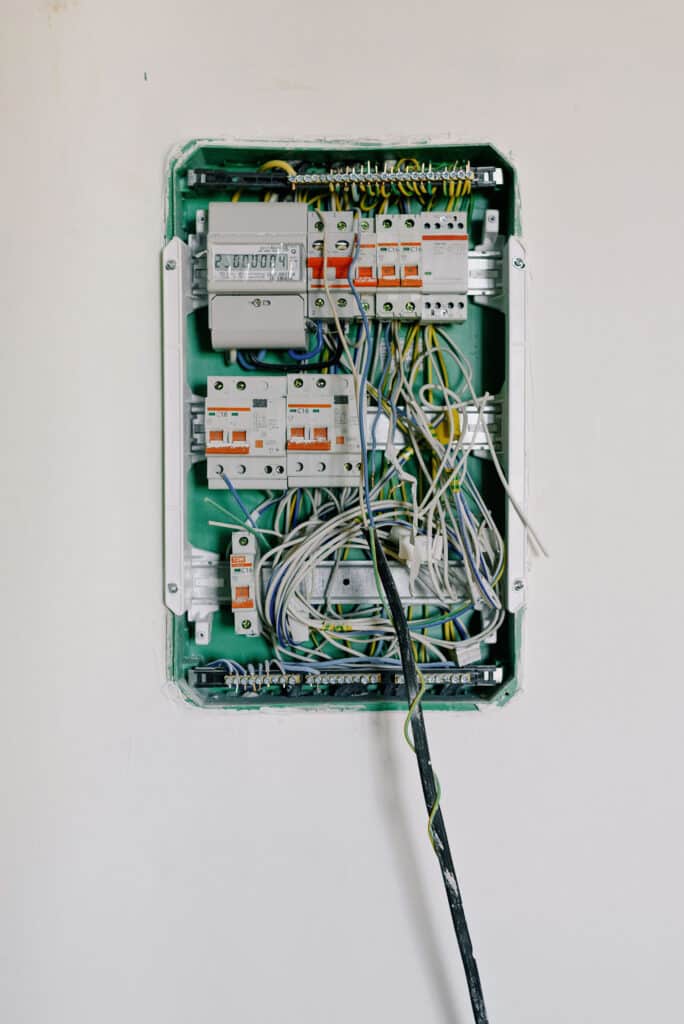At KNP, we keep you informed on all things electrical.
It can be pretty difficult to understand the technical terms an electrician might throw at you when you’re undertaking repairs. Here at KNP Electrics, we tell it like it is. We pride ourselves on this approach – because it means you’ll never encounter hidden fees or agree to something you don’t understand.
KNP blogs are designed to shed some more light on common electrical terminology. This month, we begin with a frequently asked question – what’s the difference between an RCD safety switch and a circuit breaker?
What are RCD safety switches?
Residual Current Devices are also known as RCD switches or safety switches. They work to protect people from electric shock by instantly switching the electricity supply to the circuit off when they detect an imbalance. An RCD safety switch can shut down electricity supply within 3/100ths of a second, protecting people from the electric shock that might come otherwise. RCD installation is performed by a licensed professional, and they are required in your home switchboard by law.
How do safety switches work?
An electrical safety switch constantly monitors the current flowing in both neutral and active wires. The current between them should be equal. When a fault occurs, the safety switch will detect it and disconnect long before a complete cardiac cycle to reduce the risk of injury or even death by electrocution. RCD switches can save lives if installed on a circuit, but you might have multiple circuits in your home – so consider installing more than two.
What are circuit breakers?
Circuit breakers, on the other hand, protect the rest of your wiring from system overload. They do not work to protect people from death or injury. Circuit breakers can be automatic or manual – but either way, they are designed to switch off electrical supply to a system.
How do circuit breakers work?
Circuit breakers do what they say on the box – they break up a circuit before it can overload. You may have experienced overloading in your own home. Often if there are too many appliances in one area or if a pesky kettle trips the power every time you turn it on – that’s when your system overloads. A circuit breaker will turn the power off so someone can fix the problem before it turns into a bigger problem!
What’s the difference?
As you may have guessed, the main difference between circuit breakers and RCD safety switches is that the former protects your electrical system and the latter protects you. There is a common misconception that either one of these is sufficient for your home. In reality, it’s important to have both installed!
If you find you need a circuit breaker or an extra RCD safety switch installed, KNP is the way to go. From Joondalup to Fremantle and everywhere in between, we’re the prompt and reliable electrical service that gets the job done the first time. No hidden fees, no jargon, no surprises.

